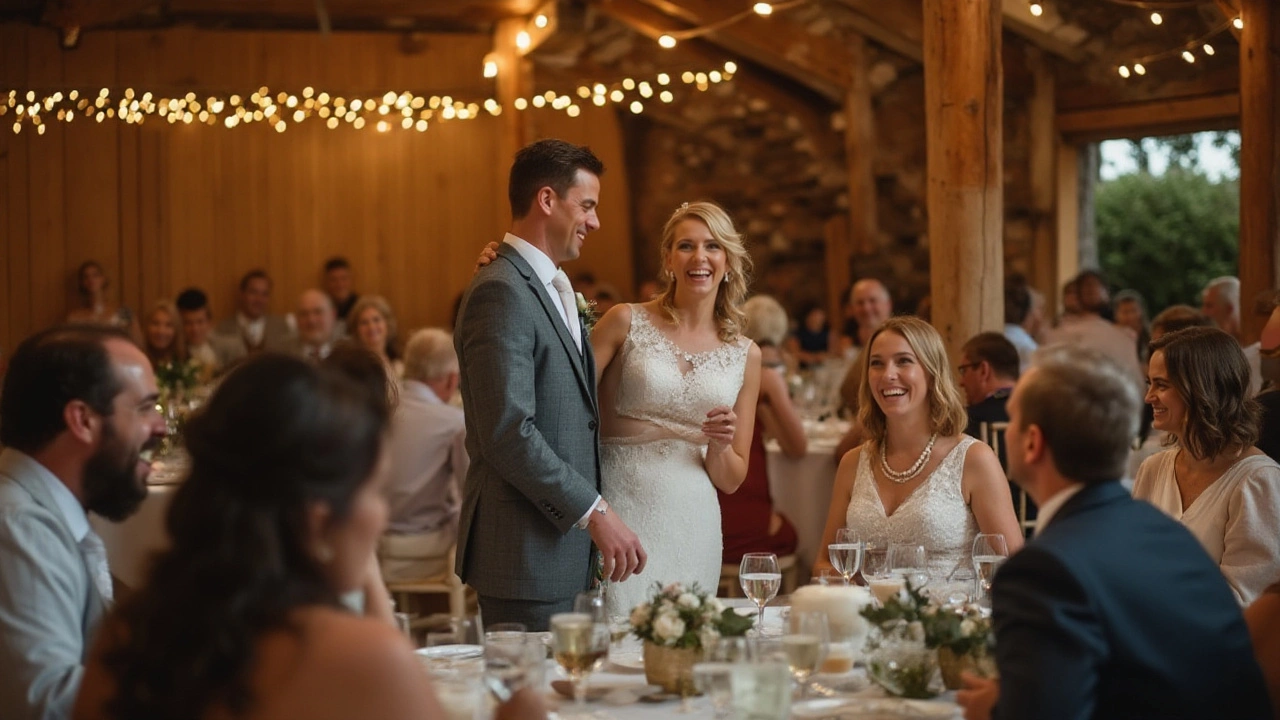Guest List Made Simple: Tips to Trim, Track, and Keep Everyone Happy
Staring at a spreadsheet of names can feel overwhelming, but your guest list doesn’t have to be a nightmare. Whether you’re aiming for 80 close friends or a 150‑person celebration, a clear plan saves money, stress, and awkward conversations.
First Steps: Setting Your Guest List Size
Start by deciding on a total headcount that fits your venue and budget. A good rule of thumb is to allocate about 60% of your budget to the venue and catering, then work backwards. If a mid‑range venue costs £2,000 for 100 guests, that’s £20 per plate before food, drinks, and staff. Knowing this number helps you answer the toughest question: who really needs to be there?
Make three columns: Must‑Have (family, best friends), Would‑Like (colleagues, extended family), and Optional (plus‑ones, acquaintances). Fill the Must‑Have column first, then move down. If you’re over budget, start trimming from the Optional column – it’s easier to say no to a plus‑one than a parent.
Don’t forget to factor in children. Many couples charge a reduced plate fee for kids, but they also take up space. Decide early if you’ll invite kids of all guests or only close family. Clear rules now prevent last‑minute debates.
Managing RSVPs and Last‑Minute Changes
Once your list is set, the RSVP process becomes the real workhorse. Choose an easy method – digital forms, wedding websites, or a simple email reply. Ask for a firm answer by a specific date and include a reminder in your invitation wording.
Track responses in a single spreadsheet with columns for name, plus‑one, meal choice, and special requests. Color‑code: green for confirmed, amber for pending, red for declined. This visual cue lets you spot gaps quickly and send a polite reminder.
Expect about 10‑15% of guests to change their minds close to the date. Keep a short “waitlist” of people you’d love to invite if space opens up. When a spot frees, reach out personally – it feels nicer than a generic email and shows you value the person.
When you get a late decline, don’t panic. Adjust the catering order immediately to avoid waste and extra cost. Many caterers allow a 48‑hour change window without penalty.
Finally, communicate any changes to the venue and planner right away. A clear line of contact prevents surprise fees and helps everyone stay on the same page.
By setting a realistic size, categorizing guests, and using a simple RSVP system, you’ll keep your guest list under control and your budget happy. The result? A wedding where the people you love are truly present, and you can actually enjoy the day without worrying about a spreadsheet.
Save the Date vs. Invitation: Is It Rude to Send One Without the Other?
Ever wondered if it's rude to send a save the date but not follow it up with an invitation? This article breaks down wedding invitation etiquette, why save the dates matter, and what to do if your guest list changes. Learn practical tips on handling awkward situations and communicating with guests so everyone feels respected. Get clear answers to save yourself from sticky wedding drama.
View MoreHow Many Guests To Invite To Your Wedding: A Guide
Planning a wedding involves numerous decisions, and determining the number of guests to invite is one of the most crucial. Most couples consider factors like venue capacity, budget, and personal preferences when deciding their guest list. This article explores the typical number of friends invited to weddings and offers insights on how to decide who should make the list. Balancing between your dream day and practical considerations is key to ensuring a memorable celebration with loved ones.
View MoreEtiquette and Dilemmas: Inviting Guests to Showers but Not Weddings
Navigating the intricacies of wedding planning often brings up the question of whether it's considered rude to invite someone to a shower but not the wedding. This article explores the etiquette surrounding such invitations, offering insights into traditional norms, the influence of modern trends, and practical tips for communicative transparency. Readers will learn about potential guest expectations and how to manage them effectively, ensuring that feelings aren't hurt and relationships remain intact. By understanding these dynamics, hosts can make informed decisions that honor both their budget and social obligations.
View More

